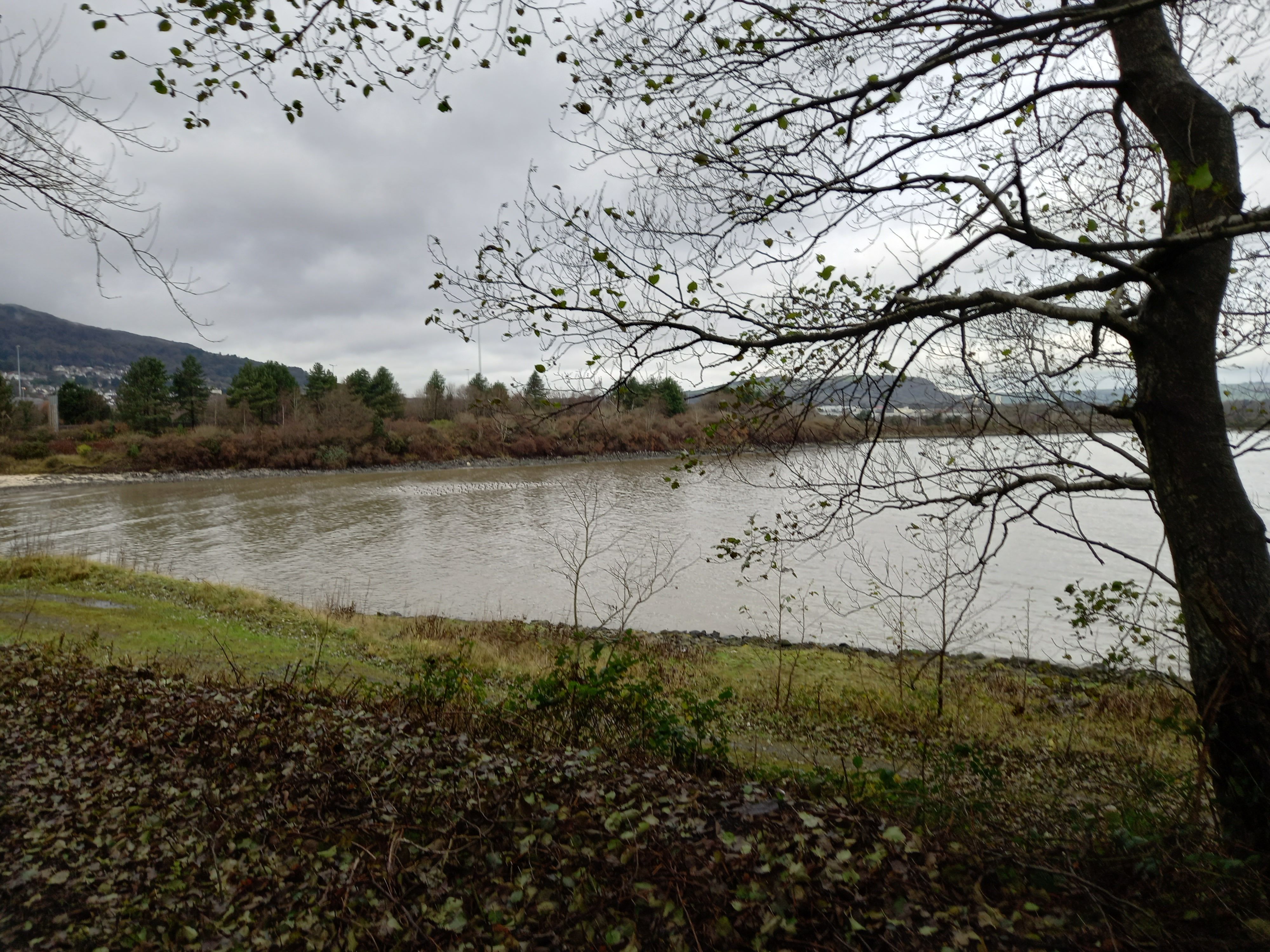THE increasing focus on how to maintain good mental health has given power back to nature. Because it’s been discovered that time spent in the countryside is as good a pick-me-up as any chemical remedy we’ve invented. And it’s especially the case in an urban world where we’re spending more and more time in front of a TV or phone screen.
The nature experience does wonders for us – kids’ school performance will improve if they are allowed daily walks in the park or forest. In fact, there’s nothing it won’t help, from improved memory, sounder sleep and general happiness.
But with each generation, the chances of experiencing nature is reduced. Dúlra knows this to be true – West Belfast was in Dúlra’s youth intertwined with nature, but year after year wildlife has been pushed to the margins. They say it’s a negative feedback loop, where, as nature experiences become rarer, each generation expects even less. Alarmingly, it’s called an “extinction of experience” or an “environmental generational amnesia,” where each generation’s experience of wildness is reduced.
Sometimes it’s hard to leave the comfort of a home, especially in the depths of winter. But, just as they say you’ll never regret a visit to the gym, exactly the same goes for a walk on the wild side.
Lacha iascán (the duck of the small fish) in Irish, they’re a diving duck that only arrives here each winter in small numbers – between 1,500 and 3,000. It was a real treat to watch them in what looked like a military formation, well away from all the other ‘civilian’ ducks.
This week Dúlra spent two hours all alone on the shores of Belfast Lough – well, alone in that there wasn’t another person there, but he was in the company of thousands of birds. A buzzard glided across his path – it likes to patrol the shore here, feasting on any bird who hasn’t got its wits about it. Pretty shelduck dotted the water, but it was a solitary bird that caught Dúlra’s attention. Through the binoculars, the duck was as pretty as a picture, with a chestnut head and grey body. It was a male widgeon, rualacha (red duck) in Irish. There might have been only this solitary representative of its species on Belfast Lough this week, but it’s actually our most numerous wintering duck, with 100,000 of them arriving in Ireland from Iceland and Siberia.
Onwards Dúlra dandered, admiring an incredible variety of waders and ducks, many of which he struggled to identify. But close to the M2, well away from any other bird, sat a flock of about 100 black and white ducks. They looked slicker than our native ducks – these were elite ducks, scaup from Iceland. The gentle waves of Belfast Lough are nothing to them – they’re at home in the stormiest of weather the northern Atlantic can throw at them.
Lacha iascán (the duck of the small fish) in Irish, they’re a diving duck that only arrives here each winter in small numbers – between 1,500 and 3,000. It was a real treat to watch them in what looked like a military formation, well away from all the other ‘civilian’ ducks.
But the finest treat came last. All along the coast here, a corridor of trees has been planted – and whoever planted them knew what they were doing. Because the bulk of the trees are native alders, which love wetlands. As Dúlra dandered along, eyes on the water, he heard a familiar low tweet. And when he looked up, he realised that a flock of beautiful finches had arrived. They were siskins, about a hundred of them, and they moved along above Dúlra’s head, hanging off the alder catkins.
These forest birds occasionally come to gardens to feed on sunflower hearts, but this is their natural habitat. Just watching them move through the mini-forest, their bright green feathers highlighted by the December grey sky, was an unforgettable experience.
And one that no TV or computer screen could do justice to.
BUZZARD WATCH
If you want to see a majestic buzzard, you don’t have to go any further than the Monagh Bypass. Because one will be perched a lamppost there – at least it has been every time Dúlra has passed in the last couple of weeks.
It’s taking advantage of the destruction of the countryside here for the new Glenmona housing development on land around the former St Pat’s home.
A buzzard being released yesterday after being in our care for a few weeks. He was being fed daily and housed in an enclosure where he could still fly and stretch his wings to build up strength for his big day!
— Wildlife Rehabilitation Ireland (@WildlifeRI) June 9, 2021
This is why we do it 🤙 pic.twitter.com/2Z7BXLadT0
Dúlra can’t solve the quandary of housing versus the environment – of course we need new homes, but at the same time the remaining green areas on the edge of West Belfast, especially along the mountain, are precious remnants of an environment that needs protecting. As an example of how wild the land at Glenmona was, Dúlra has never come across as many hedgehogs per square metre anywhere in all his travels. With the green surface now lifted like a carpet, it’s probably those fleeing or mangled hedgehogs that the buzzard are feasting on.
If you’ve seen or photographed anything interesting, or have any nature questions, you can text Dúlra on 07801 414804.







